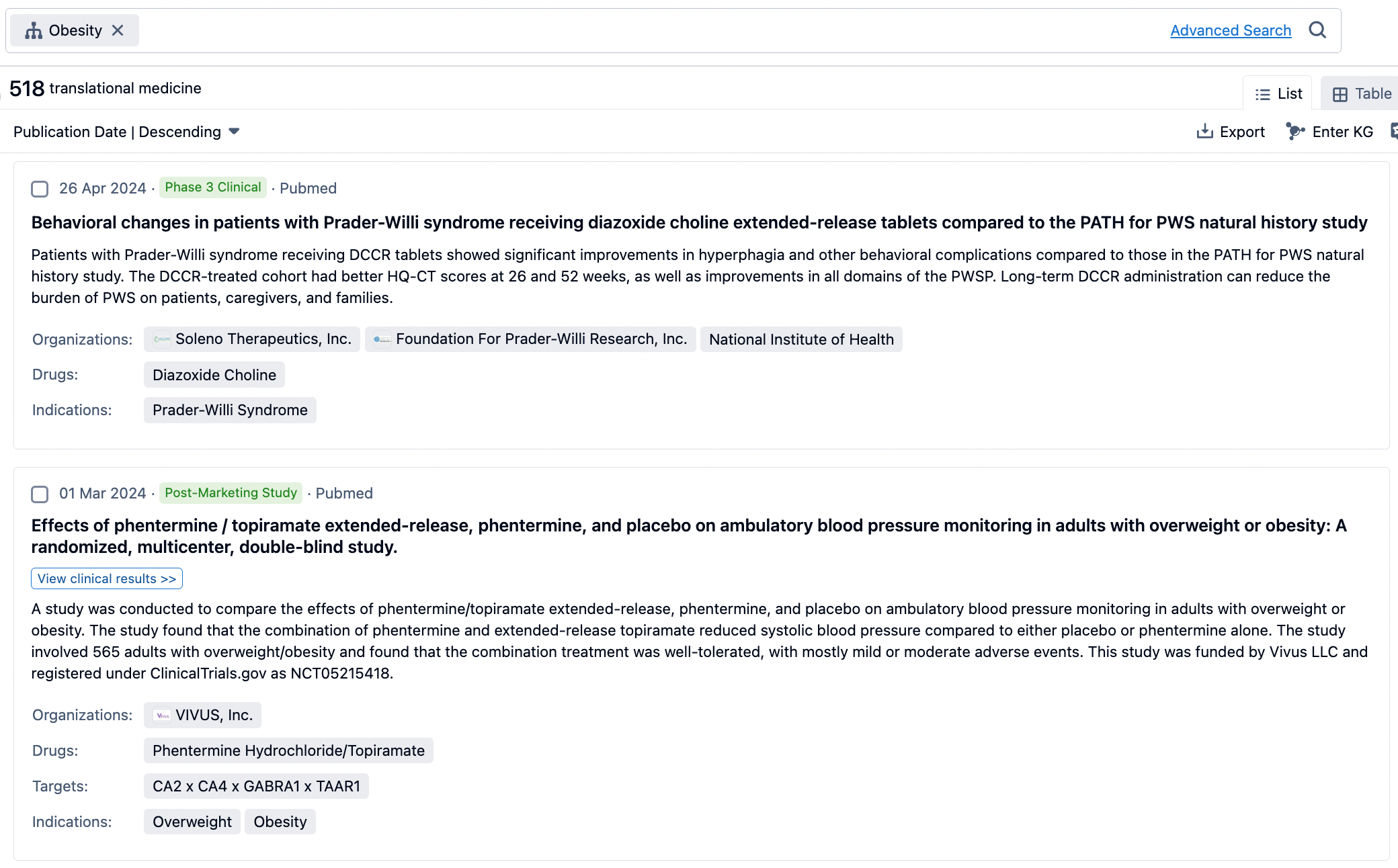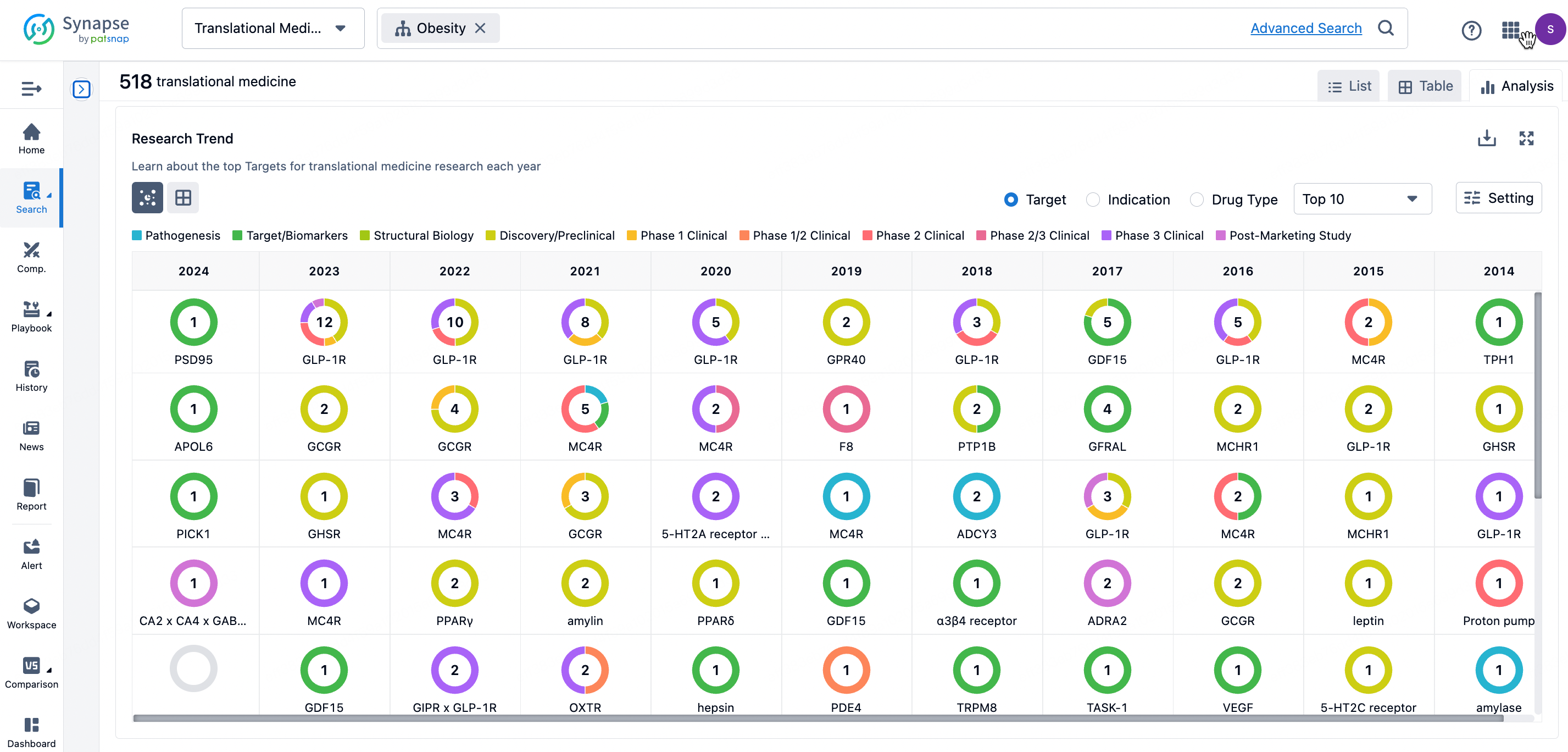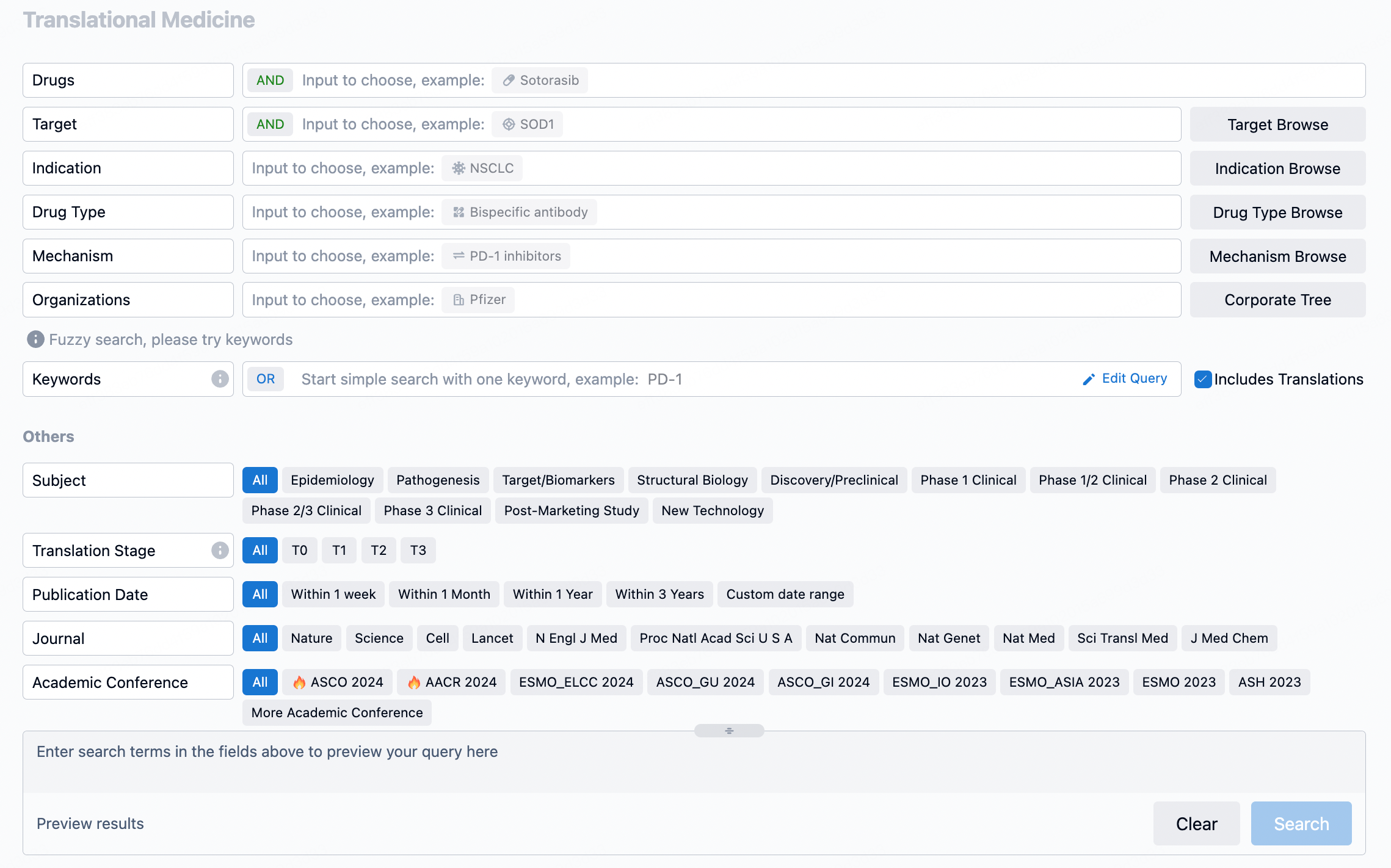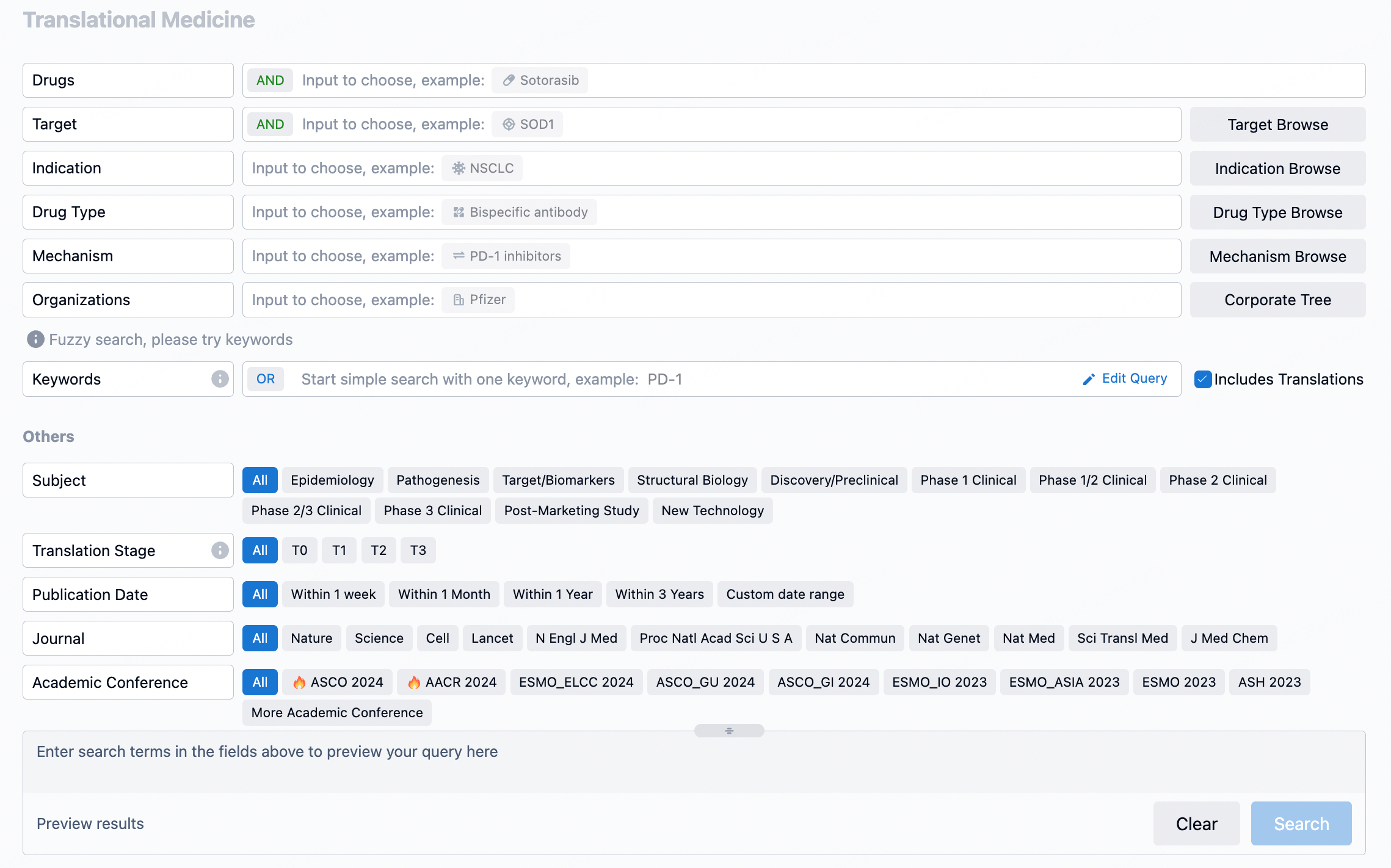Unleashing the Power of APTO-253: Targeting KLF4 for Enhanced Apoptosis and Antitumor Activity in Hematologic Cancers and AML
Approximately 90% of AML patients exhibit abnormal expression of the transcription factor CDX2, which is linked to the inhibition of KLF4. In vitro tests have shown that APTO-253 has strong antiproliferative effects against various blood cancer cell lines, including those of AML, acute lymphoblastic leukemia, chronic myeloid leukemia, non-Hodgkin’s lymphoma, and multiple myeloma.
In vivo studies using a xenograft model in mice have demonstrated that APTO-253's efficacy is enhanced when administered in a dosing schedule of two days on, followed by a five-day break (2T-5B), as opposed to the initial 2T-12B-2T-12B schedule. This dosing strategy was applied in several AML xenograft models, revealing significant antitumor activity when APTO-253 was used as a monotherapy.
Furthermore, APTO-253 has been combined with azacitidine, another drug, to treat AML. The combination showed a substantial increase in antitumor activity compared to either drug used alone. Notably, APTO-253 did not lead to bone marrow suppression in animal models or humans.
The findings suggest that APTO-253 could be a promising candidate for single-agent therapy and could also enhance the effectiveness of existing chemotherapy for AML and other blood cancers.
How to Use Synapse Database to Search and Analyze Translational Medicine Data?
The transational medicine section of the Synapse database supports searches based on fields such as drug, target, and indication, covering the T0-T3 stages of translation. Additionally, it offers a historical conference search function as well as filtering options, view modes, translation services, and highlights summaries, providing you with a unique search experience.
Taking obesity as an example, select "obesity" under the indication category and click search to enter the Translational Medicine results list page. By clicking on the title, you can directly navigate to the original page.

By clicking the analysis button, you can observe that GLP-1R treatment for obesity has gained significant attention over the past three years, with preclinical research still ongoing in 2023. Additionally, there are emerging potential targets, such as GDF15, among others.

Click on the image below to go directly to the Translational Medicine search interface.

